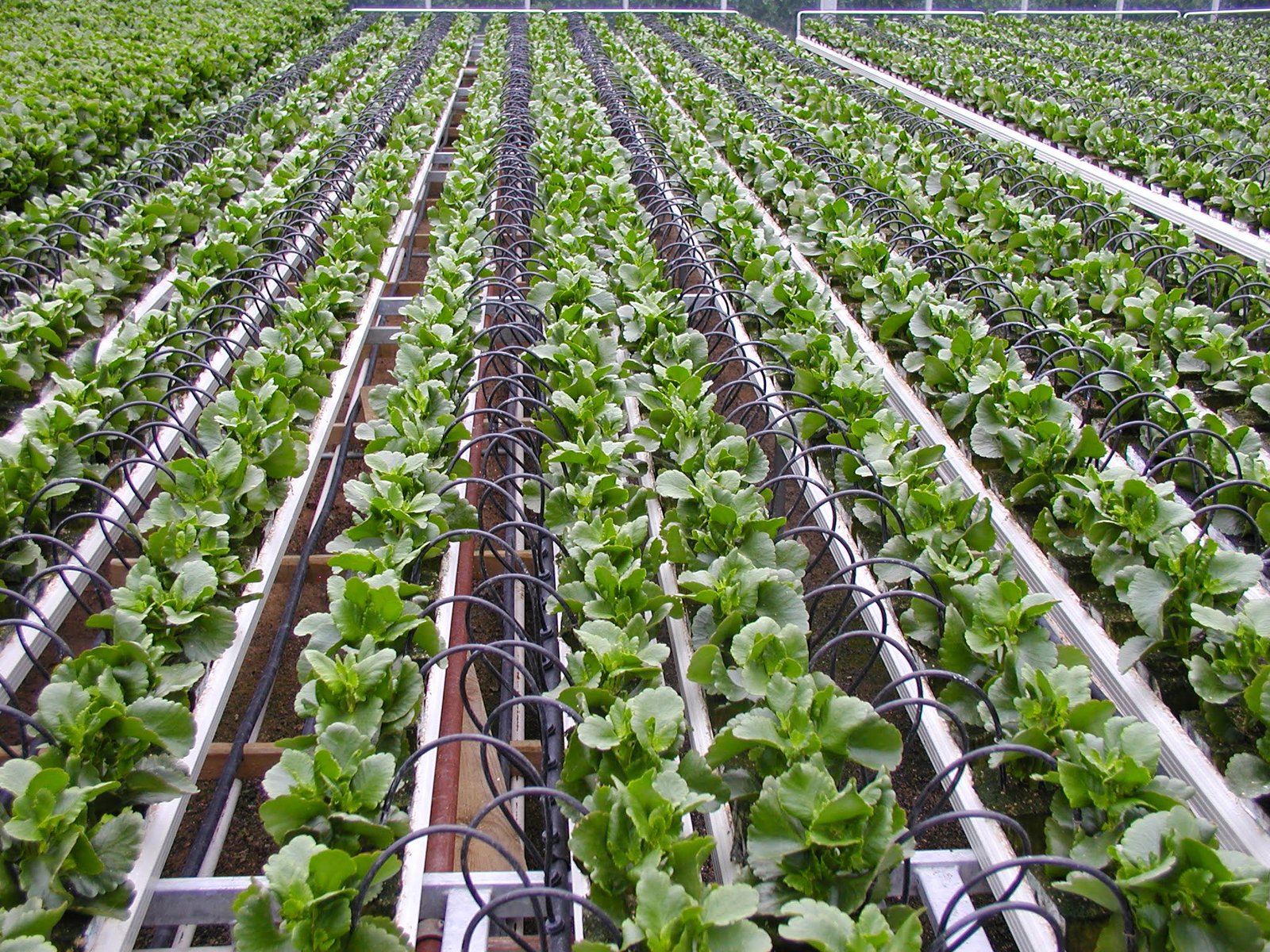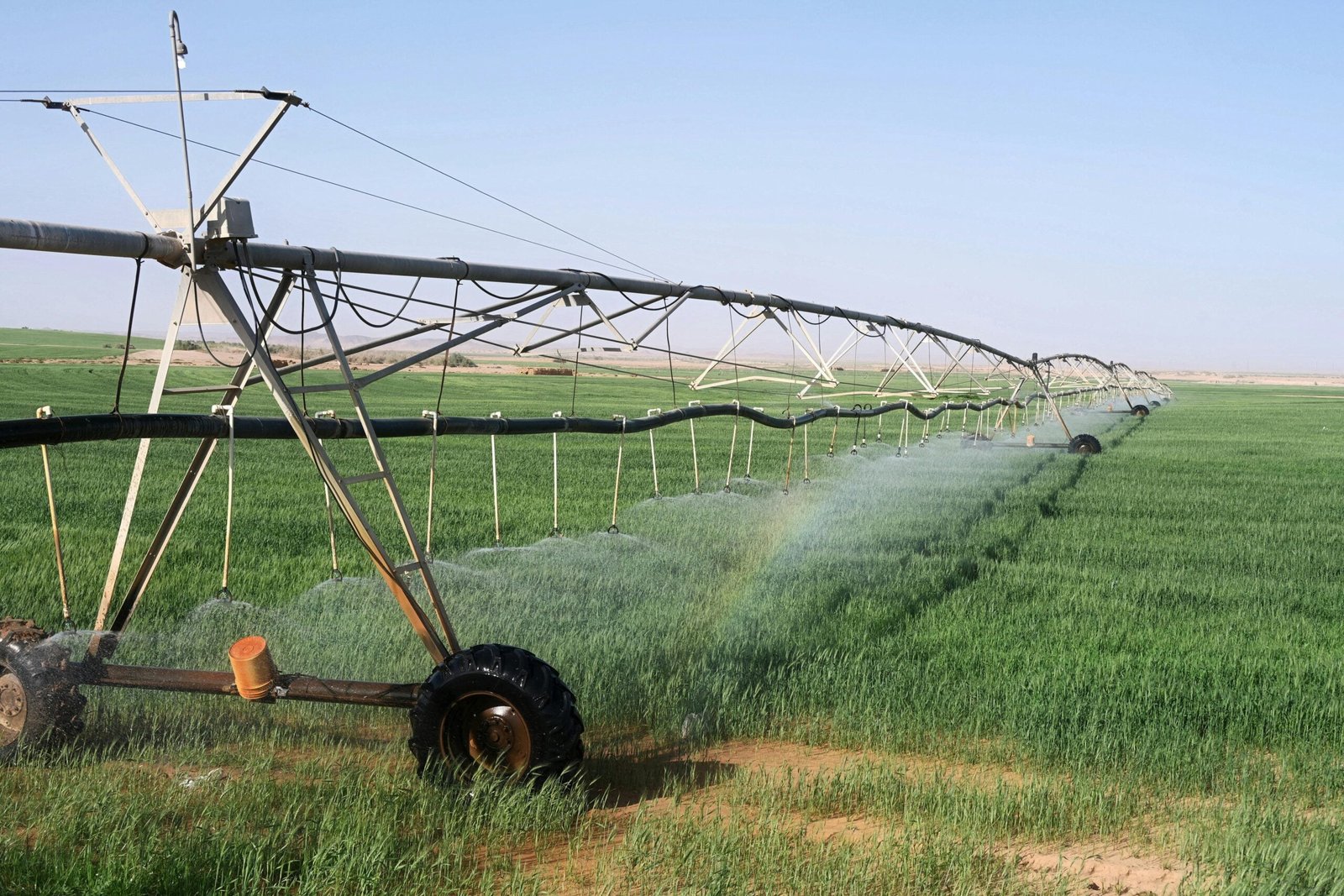
Summary of Contents
Introduction
Imagine watering your plants drop by drop, only giving them exactly what they need—no more, no less. That’s the beauty of drip irrigation, a highly efficient watering system that delivers water directly to plant roots, minimizing waste. On my farm in Northeast India, where water conservation is key, drip irrigation has been a game-changer.
In this post, I’ll explain how drip irrigation works, why it’s important, and how it can help you save water, time, and money.
What is Drip Irrigation?
Drip irrigation is a method of delivering water directly to the base of plants through a network of tubes, pipes, and emitters. The water is released slowly, drop by drop, ensuring that plants get exactly the right amount of moisture they need—no more, no less.
Think of it like a custom hydration system for your crops, making sure they’re always watered just right without any wastage. It’s especially helpful in regions like Northeast India, where water conservation is critical.
Step 1: Install the Drip Irrigation System
Setting up a drip irrigation system starts with laying out a network of pipes and tubing across your farm. These tubes deliver water to small emitters placed near the roots of each plant. It’s important to design the system according to the layout of your crops—this ensures every plant gets its fair share of water.
In small backyard gardens, you can easily install DIY drip kits, while larger farms might need more sophisticated systems with timers and sensors to control water flow.
Step 2: Understanding How Drip Irrigation Works
How does drip irrigation work? The system operates under low pressure, releasing water at a slow, steady pace. Water is pumped through a main pipe that branches out into smaller tubes, which deliver water through emitters directly to the plant’s root zone.
By targeting the roots, drip irrigation ensures maximum water efficiency with minimal evaporation and runoff. It’s like giving each plant a personalized watering can that’s always on, but never overflows.
Step 3: Monitor and Maintain the System
Once your drip irrigation system is installed, it’s important to monitor and maintain it. Check the emitters regularly to make sure they’re not clogged, and adjust the water flow as needed. You can even automate the process with a timer or moisture sensors, making the system nearly hands-free.
In hilly regions like Northeast India, drip irrigation is perfect because it reduces water waste on uneven terrain, ensuring the water goes exactly where it’s needed, drop by drop.
Benefits of Drip Irrigation
Drip irrigation offers numerous benefits for farmers and gardeners alike. Here’s why it’s worth the investment:
1. Water Conservation
Drip irrigation can save up to 50% more water compared to traditional irrigation methods. Since water is delivered directly to the root zone, there’s less evaporation and runoff.
2. Improves Plant Health
Consistent, targeted watering ensures plants get exactly the moisture they need. This leads to healthier, stronger plants with fewer diseases related to overwatering.
3. Saves Time and Labor
Once installed, drip irrigation systems can be automated, reducing the time you spend watering crops by hand or managing larger irrigation systems.
4. Reduces Weed Growth
Because water is delivered only to the plants, areas between crops stay dry, reducing weed growth.
Challenges of Drip Irrigation
While drip irrigation has many advantages, there are a few challenges to keep in mind:

- Initial Setup Costs
Installing a drip irrigation system can be expensive, especially on large farms. However, the long-term water savings usually outweigh the initial costs. - Clogging
Emitters can get clogged over time, especially in areas with hard water or if the system isn’t properly filtered. - Maintenance
Drip systems need regular checks to ensure everything is working properly. Emitters, pipes, and filters must be cleaned or replaced when necessary.
Best Practices for Drip Irrigation
Here are some tips to get the most out of your drip irrigation system:
- Filter the Water
Use a filter to prevent dirt or debris from clogging the emitters. This is especially important if you’re using a natural water source like a pond or river. - Use Timers and Sensors
Automate your system with timers or moisture sensors to deliver water at optimal times, reducing the risk of over- or under-watering. - Mulch Your Plants
Add mulch around your plants to help retain moisture. This works especially well with drip irrigation by further reducing evaporation.
Economic Insights: Drip Irrigation Saves Water and Money
By investing in drip irrigation, farmers and gardeners can see significant savings in water usage, which translates into lower water bills and less environmental impact. Drip systems can pay for themselves in a few seasons by reducing water and labor costs while increasing crop yields.
In places like Northeast India, where water is sometimes scarce, drip irrigation helps farmers maintain productivity even in dry conditions.
Conclusion: Drip Your Way to a Better Farm!
Drip irrigation is one of the most efficient and sustainable ways to water your crops. Whether you’re running a large farm or tending to a small garden, drip irrigation can save water, reduce labor, and improve plant health—all while being kinder to the environment.

So, why not give it a try? Start small, set up your system, and watch your plants—and your water savings—grow!
FAQ Section
Are drip irrigation systems good?
Yes, drip irrigation systems are excellent for conserving water, improving plant health, and reducing labor. They deliver water directly to the roots, minimizing evaporation and waste.
Can drip irrigation save water?
Absolutely! Drip irrigation can save up to 50% more water than traditional watering methods by delivering water directly to the plant’s root zone.
How does drip irrigation work?
Drip irrigation works by releasing water slowly and directly to the base of plants through a system of tubes and emitters, reducing evaporation and water waste.
What is a drip irrigation system?
A drip irrigation system is a network of pipes, tubes, and emitters that deliver water directly to the roots of plants, ensuring efficient water use.
When was drip irrigation invented?
Modern drip irrigation was invented in 1965 by Israeli engineer Simcha Blass, although the concept has ancient origins.
Where is drip irrigation used?
Drip irrigation is used worldwide, especially in dry and arid regions like Israel, India, and parts of Africa, where water conservation is essential.
Which drip irrigation system is best?
The best system depends on the size of your farm. For large-scale operations, pressure-compensating drip systems are ideal, while smaller farms or gardens can use DIY drip kits.
Why is drip irrigation important?
Drip irrigation is important because it conserves water, improves crop yields, reduces labor, and helps prevent soil erosion, making it a key tool for sustainable farming.
